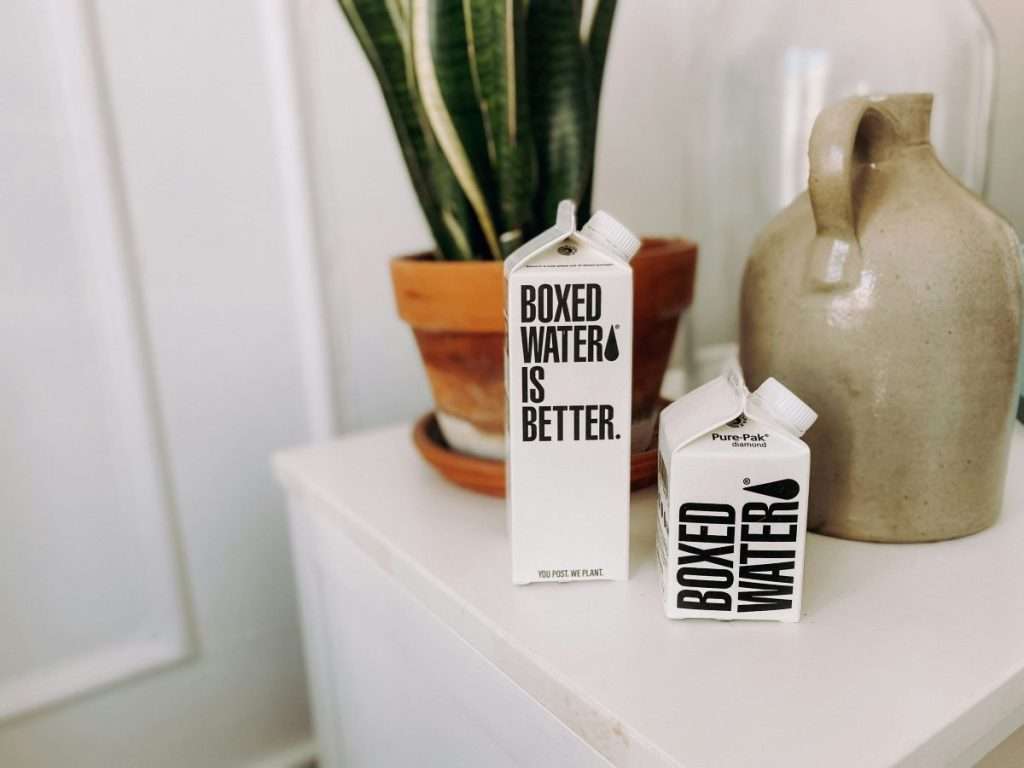As procurement evolves, integrating sustainability into supply chains has become essential. Procurement professionals must balance cost pressures with environmental goals to drive long-term success.
Expanding Procurement’s Role
Procurement’s function is shifting from transactional sourcing to strategic leadership, with sustainability becoming a central focus. As businesses set ambitious ESG goals, procurement plays a key role in achieving them. It’s not just about cost savings anymore—procurement must align sustainability with broader business strategies.
Success hinges on connecting internal teams and suppliers, ensuring that sustainability is prioritized across design, production, and logistics. Procurement is no longer limited to supporting the business but is now central to shaping sustainable practices within supply chains.
Building Capabilities and Cross-Department Collaboration
To meet these new demands, procurement teams must continually develop their capabilities. Leaders should focus on identifying their own strengths and gaps while encouraging cross-functional experience within teams. Broadening skill sets and understanding how procurement impacts other areas of the business are key to creating well-rounded, effective teams.
Mentorship is also crucial, helping professionals move beyond traditional roles, think strategically, and prepare for leadership positions. Encouraging lateral moves or cross-department experience ensures procurement teams bring fresh insights and solutions to sustainability challenges.
Prioritizing Sustainability Amid Cost Pressures
One of procurement’s biggest challenges is managing the internal tension between cost efficiency and sustainability. Companies often expect no change in supply conditions while demanding sustainable solutions. Procurement professionals must navigate this by developing strategies that balance cost with environmental impact.
To do this, procurement must lead, not just react. They need to challenge internal narratives and educate decision-makers on the importance of integrating sustainability into every procurement decision. This includes working with suppliers to find innovative solutions that meet both financial and environmental goals.
Driving Real Progress
While many companies set long-term sustainability targets, procurement must ensure real progress is made. It’s not enough to publish reports with lofty goals—procurement needs to embed sustainability into every aspect of supplier selection and contract management.
Education and capability building are key. Procurement professionals must be equipped to have informed conversations with both suppliers and internal stakeholders to ensure sustainability is prioritized alongside cost savings.
Shaping Industry Standards
Larger organizations have the influence to drive industry-wide change. By setting clear expectations for sustainability across their supply chains, they can lead by example and push for higher standards throughout entire industries.
Procurement is at the forefront of achieving sustainability goals. By focusing on capability building, collaboration, and challenging the status quo, procurement can drive real progress in sustainable supply chain management.




